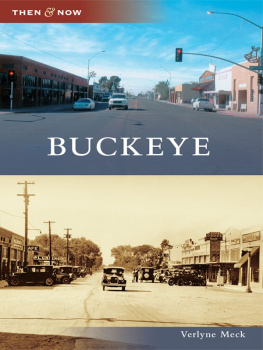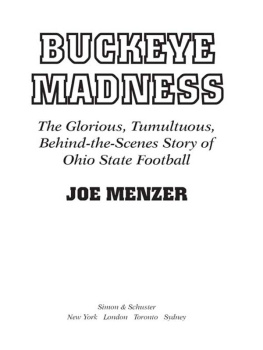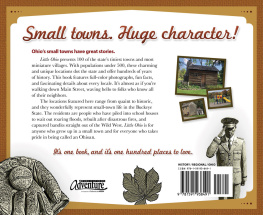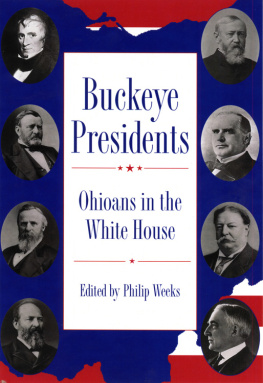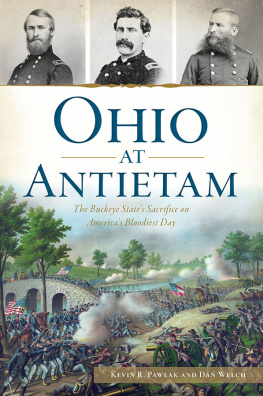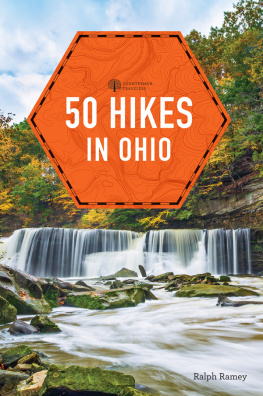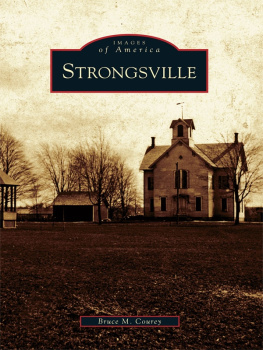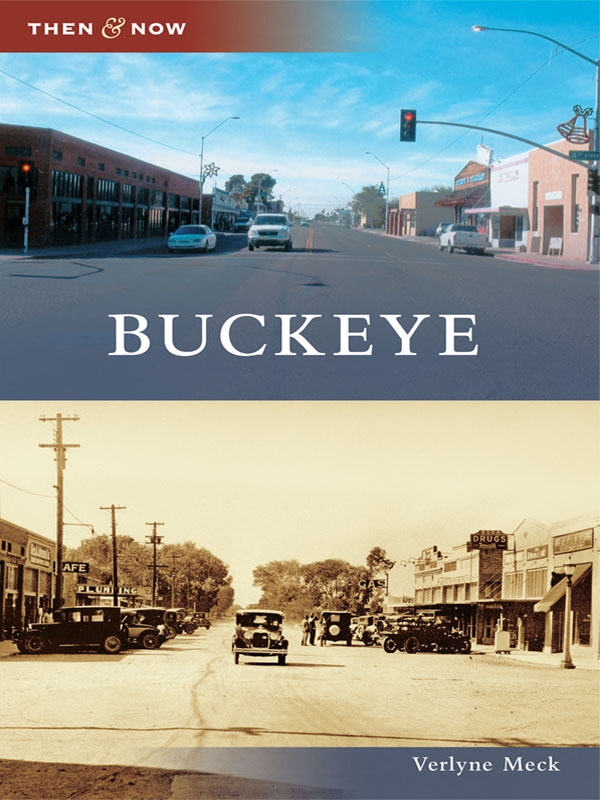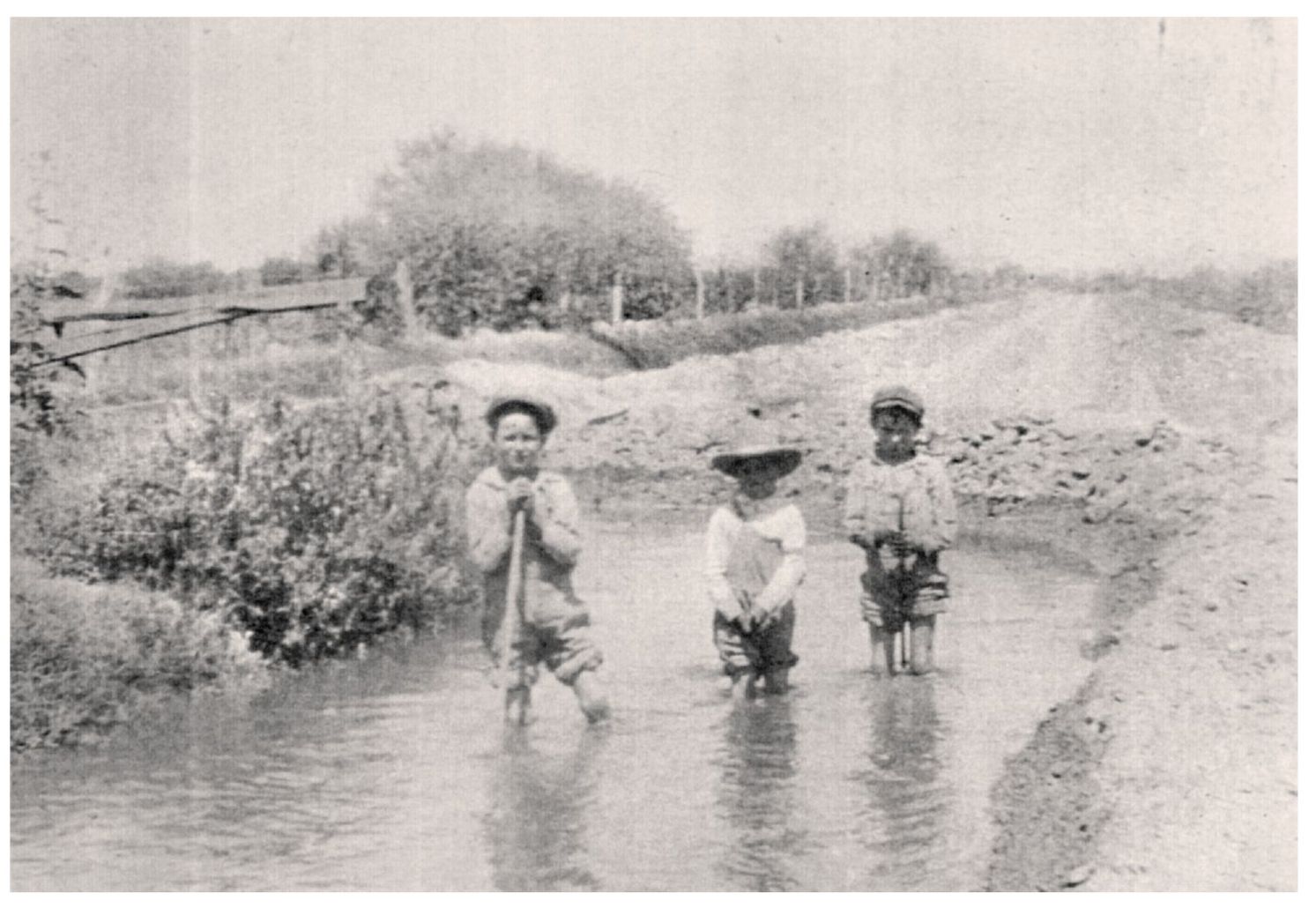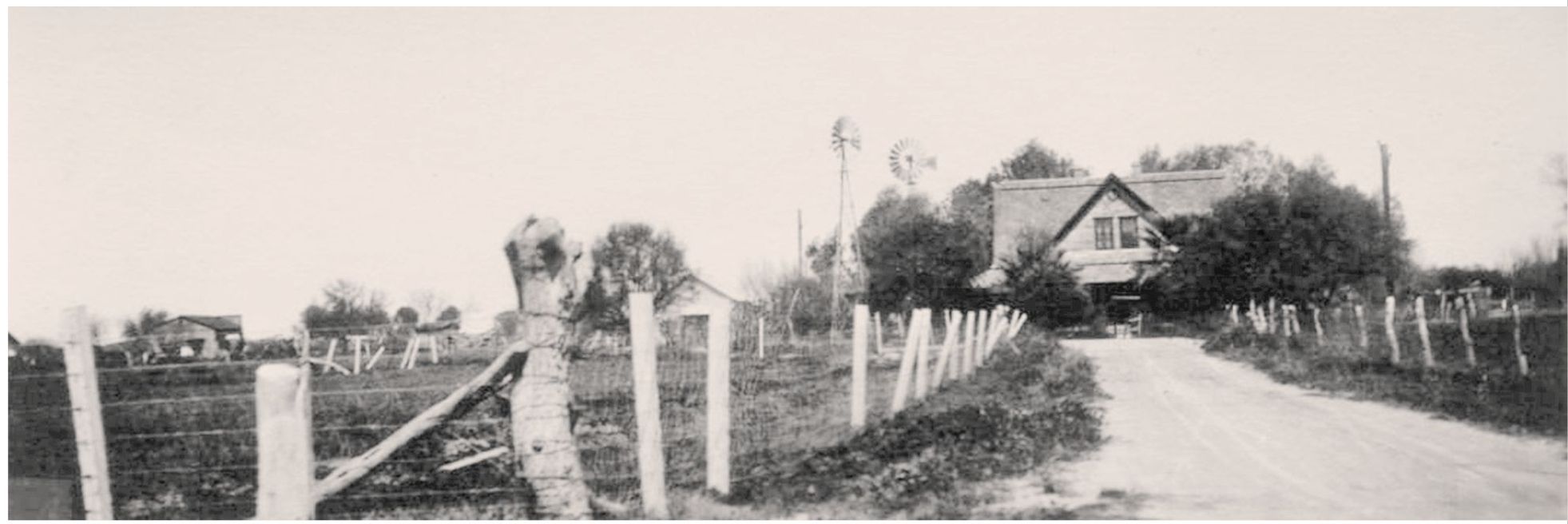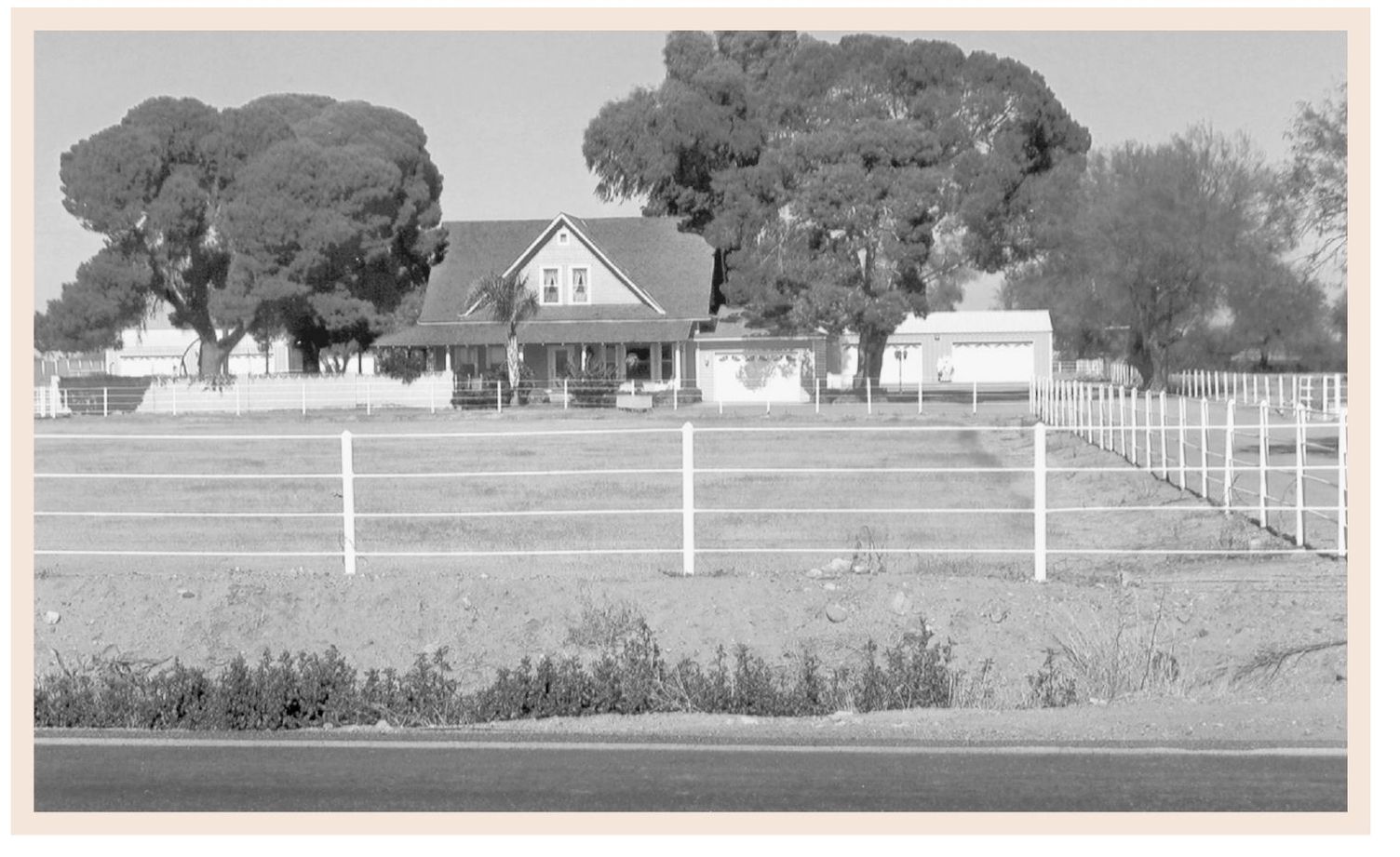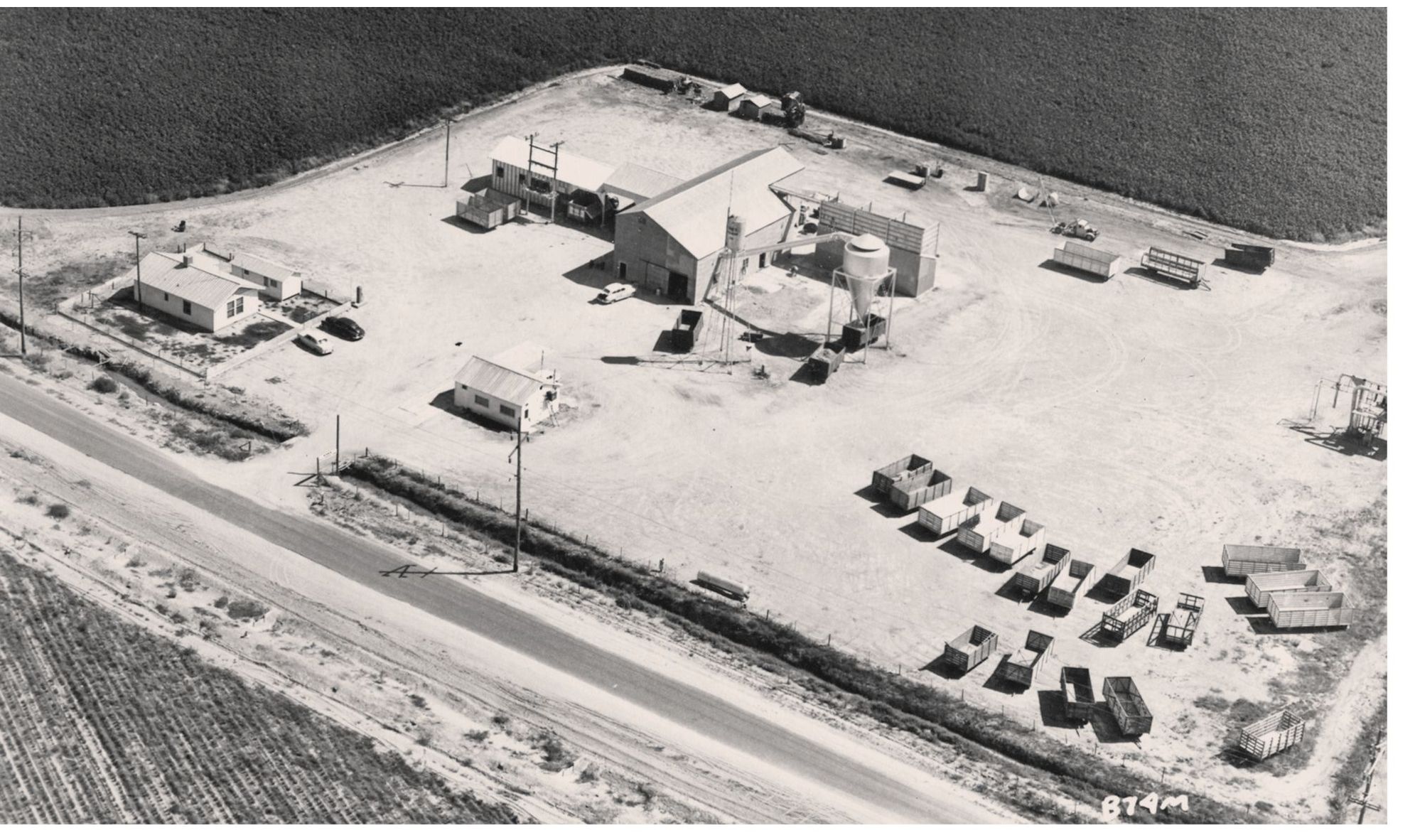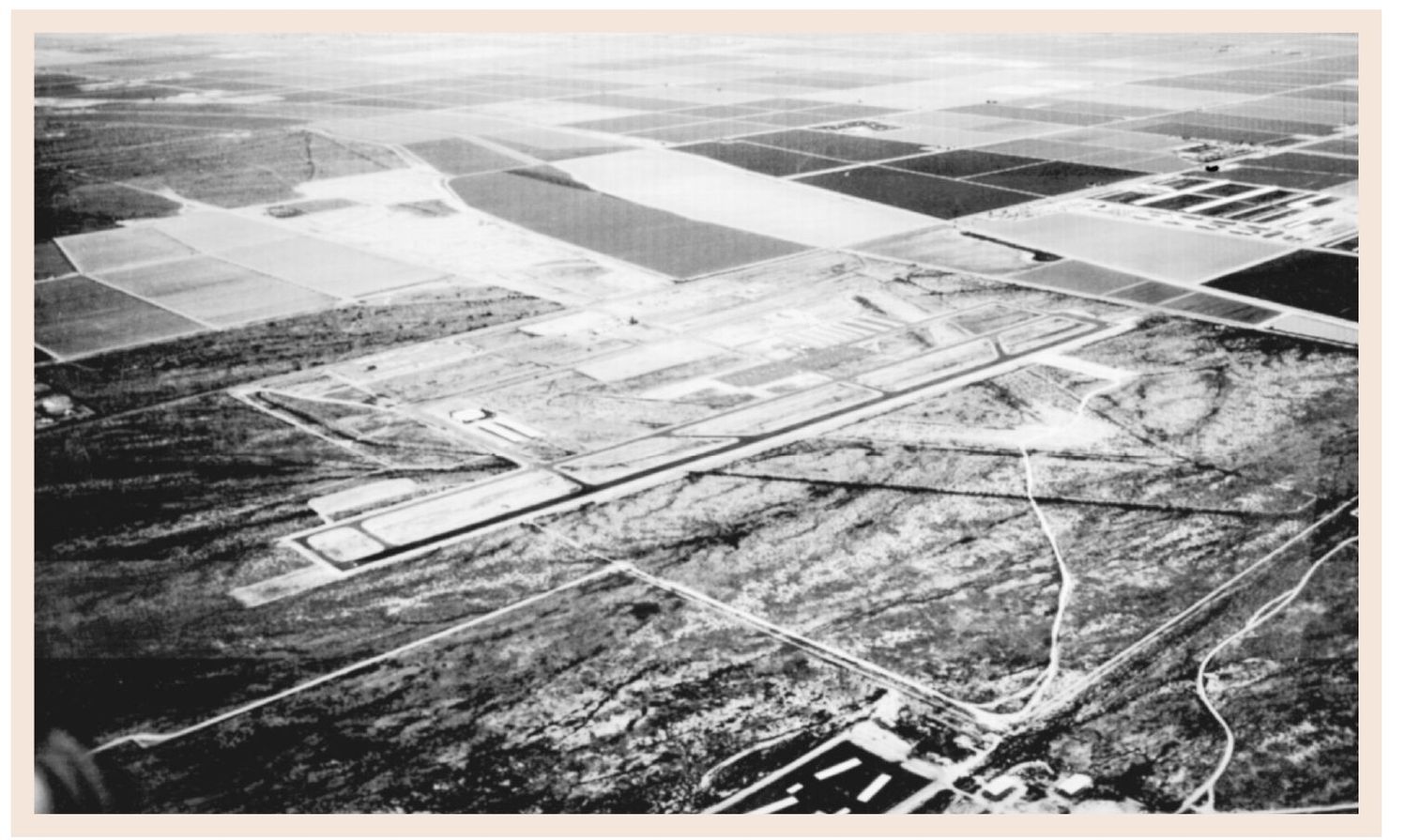ACKNOWLEDGMENTS
Everything that is done involves the help of others, and this project is no exception. I have come to understand more and more the value of stories and photographs from our past. A collection such as the one in this book shows our heritage, and from such a collection we can learn who we are and develop a sense of place. Home is where the story begins.
I am grateful for those who preserved the Buckeye Valley history by writing it down. Having their thoughts and recollections were invaluable to this project. My everlasting appreciation to I. H. Parkman, Park Mitten, Edith Mae Christian, Bill Kaufman, Eliza Narramore, Delbert and Neva Wood, Velma Benbow, John Beloat, Ella Murphy, Herman Schweikart, Wanda Narramore, Lee Hunter, Lola Johnson, Steven Bales, Noal Hamilton, Annette Napolitano, Borden Kirk, Jackie Meck Jr., June Dean, Don Balmes, W. Bruce Heiden, Vera Holloway, and Martha Gayle.
To the photographers and keepers of photographs, words cannot express my gratitude for the sharing of your treasures. A special acknowledgment goes to photographers Lew Wharff and A. J. Ross for their recording of days past. A present-day photographer, Tito Suazo, continues the preservation of history through photography. Karen (Williams) Goins, a Buckeye native, and Jared Jackson from Arcadia Publishing were always there with word processing and scanning skills, making the book a reality. As I say, it is not what I know but whom I know. I appreciate you both so much.
To my text reader James Grosbach, you were awesome! Thank you, thank you, and thank you for your editing expertise. To Linda (Sanders) Hardison and Linda (Armstrong) Davis, your special assistance was invaluable. Thank you. A special thank-you goes to Lee (Buddy) Faver for his memory in recalling stories. I will miss asking him for the real story.
Lastly, I want to acknowledge the Buckeye Valley Museum staff: Chris Larson, Janna Brunson, and Pat Langford as they Brought the Past to Life by Preserving our Local History. Thank you for your dedication.
Verlyne (Henry) Meck
Unless otherwise noted, all images are from the authors personal collection.
Find more books like this at
www.imagesofamerica.com
Search for your hometown history, your old
stomping grounds, and even your favorite sports team.
CHAPTER 1
SCENES AROUND THE VALLEY
Still visible are parts of U.S. Highway 80 on the east entrance to Buckeye next to the Buckeye Canal. The highway came straight from Phoenix and turned south to where Hobo Joe is now located. According to a February 12, 1912, Buckeye Valley News article, The state and national highway has been laid out through Buckeye. The state is spending money rapidly to complete its systems of highways. When these are finished Arizona will become the winter playground of the automobile. All of them that come from the coast or go through to it will go through the Buckeye Valley. Buckeye at one time was out of the way but it is certainly on the way now. (Then image courtesy of Tito Suazo.)
Pictured below around 1928, the neighbor kids swam to keep cool near the Conley home in Liberty. The Buckeye Aquatic Center in 1998 (shown above) gave an upgrade to swimming opportunities. The pool played host to the Buckeye Union High School (BUHS) swim team. One fine swimmer, Lara Benbow, is a member of the Conley, Couch, and Benbow lineage. (Then image courtesy of the Velma Couch Benbow Collection.)
Peder Benson, one of the Benson brothers, built his home in Palo Verde around 1890 (pictured above). His brother Nels built his home in Buckeye on Beloat Road, and it was moved in 2006 to a new location south of Buckeye. The new owners have plans for it to become a brewery. Peders home in Palo Verde is now remodeled and occupied by the Randy Lanford family (shown below). (Then image courtesy of Buckeye Valley Museum.)
Changing scenes of agriculture are now the norm. The above image shows a 1955 birds-eye view of the Anderson Clayton Valencia Gin, while the photograph below, taken in 2009, shows fields of Shea homes, alfalfa, and cotton bales. This gin, on Southern Avenue west of Miller Road, stands as a silent sentinel to changing times. It is currently one of three working gins in Maricopa County. (Then image courtesy of Tito Suazo.)
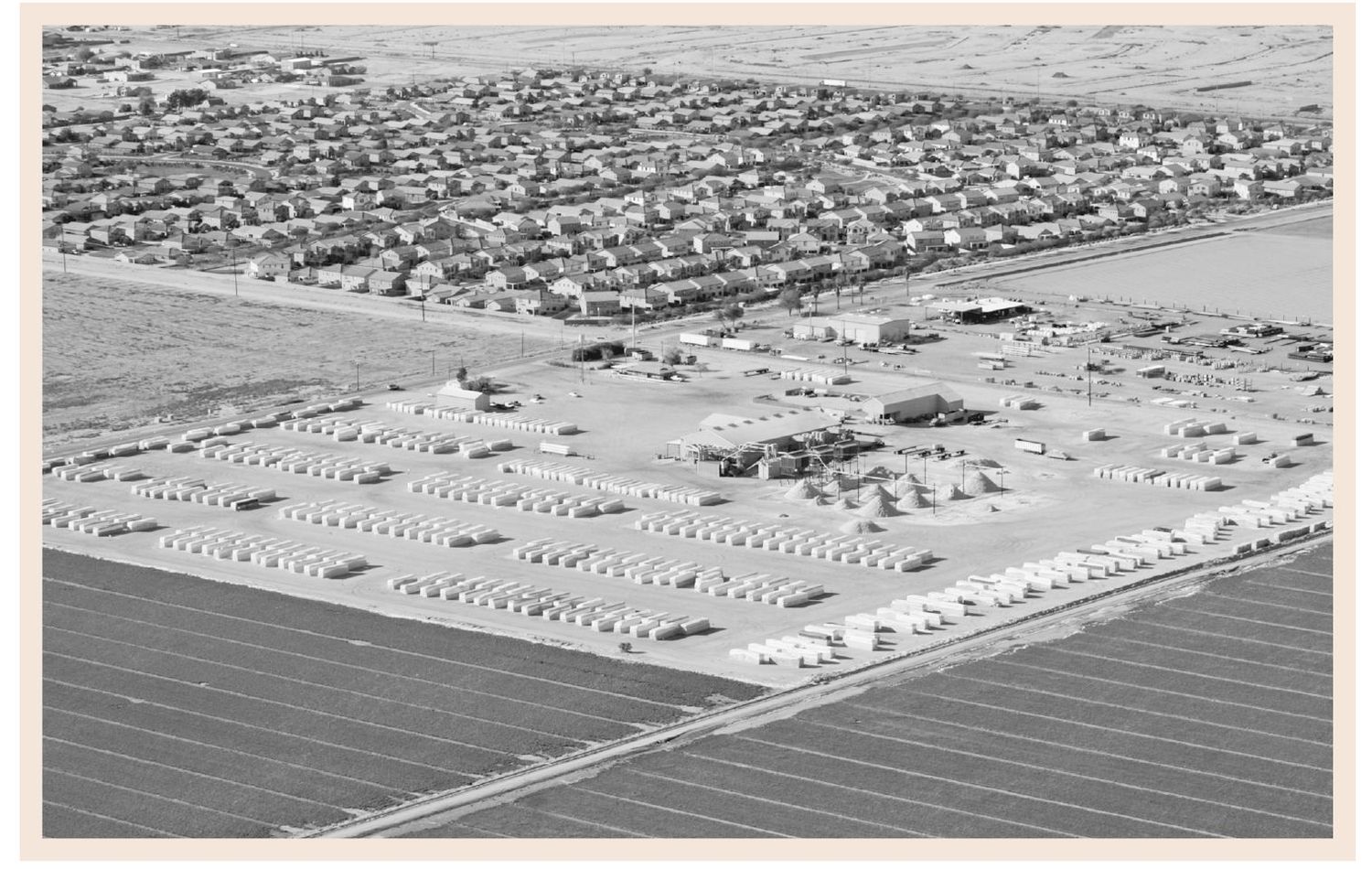
An airport for Buckeye began in 1946 with the Saguaro Air Park, owned by Pat Brabbin and John Yanik Flying Service. It was located 1 mile southeast of Buckeye. Due to many trees and alkali soil, the airport was relocated 3 miles north of town. In 1948, the airport was owned by Wade Loudermilk, and from 1951 until 1959 Sherman Moore was the owner. Moore sold to Pierce Aviation, and the airport was moved to the L. G. Stephens property west of Miller Road and north of Highway 85. In 1968, Pierce Aviation relocated the airport to its present site at the crossroad of Highway 85 and Oglesby Road. The present Buckeye Airport is located at 3000 South Palo Verde Road. A side note: That location, in 1942, was Field No. 5 for Luke Air Force Base, as it utilized crosswind training. (Then image courtesy of Boyd Richardson.)
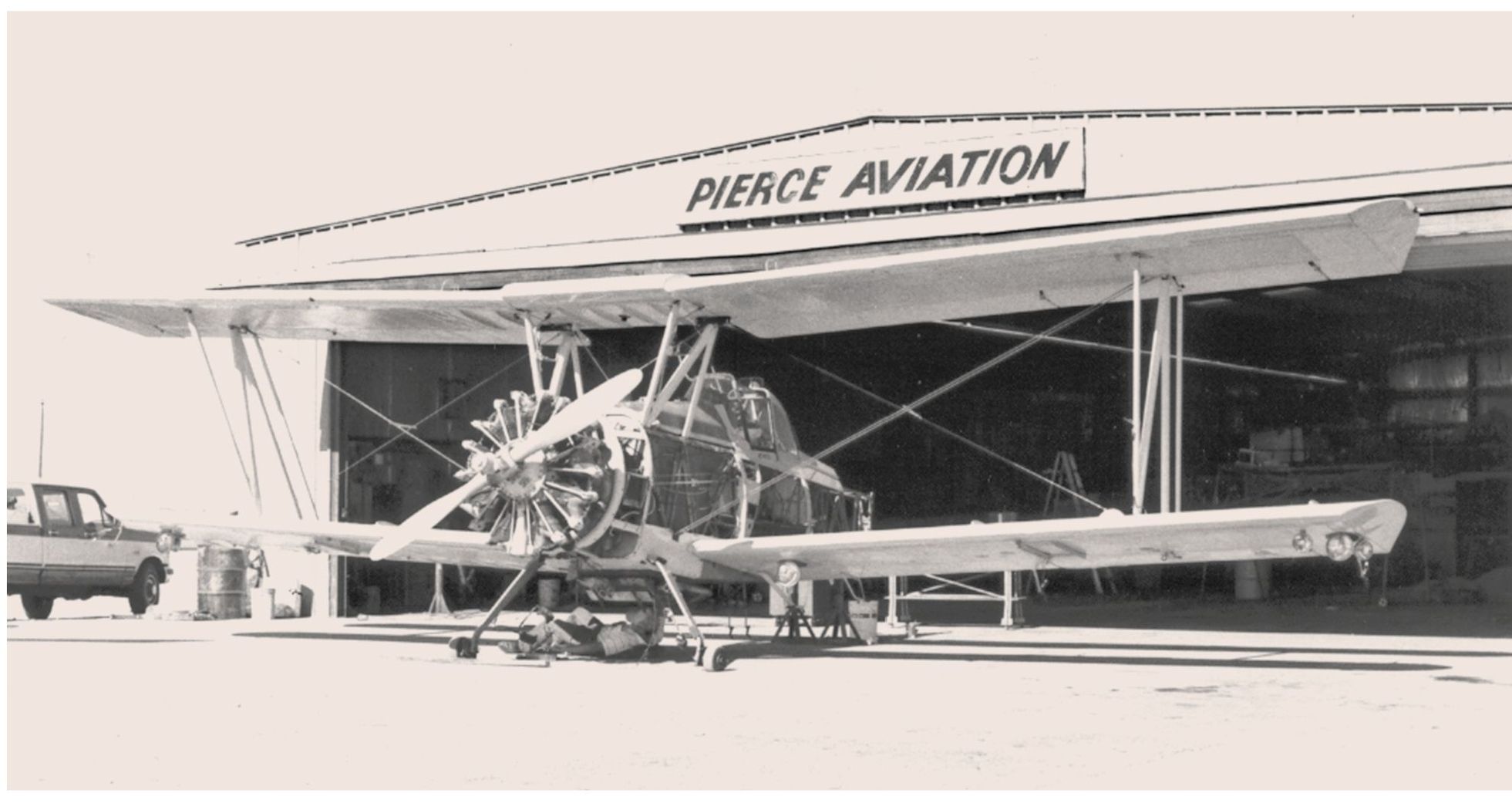
Here comes the train to Buckeye from Phoenix on July 25, 1910. A steam locomotive brought 43 passengers on the first trip to Buckeye for $1.95 each. The train track only extended to the Hassayampa River and ended in a Y, so the train could head back to Buckeye. The train was sold for scrap metal during World War II, and a stove at the Buckeye Museum is either from the train or the train depot. The depot was located east of Fourth Street and was torn down in the late 1960s. George Hunter remembers watching the train while playing on a concrete ramp with his bicycle, and, without stopping, the train would pick up the daily mailbag. (Then image courtesy of Buckeye Valley Museum.)

